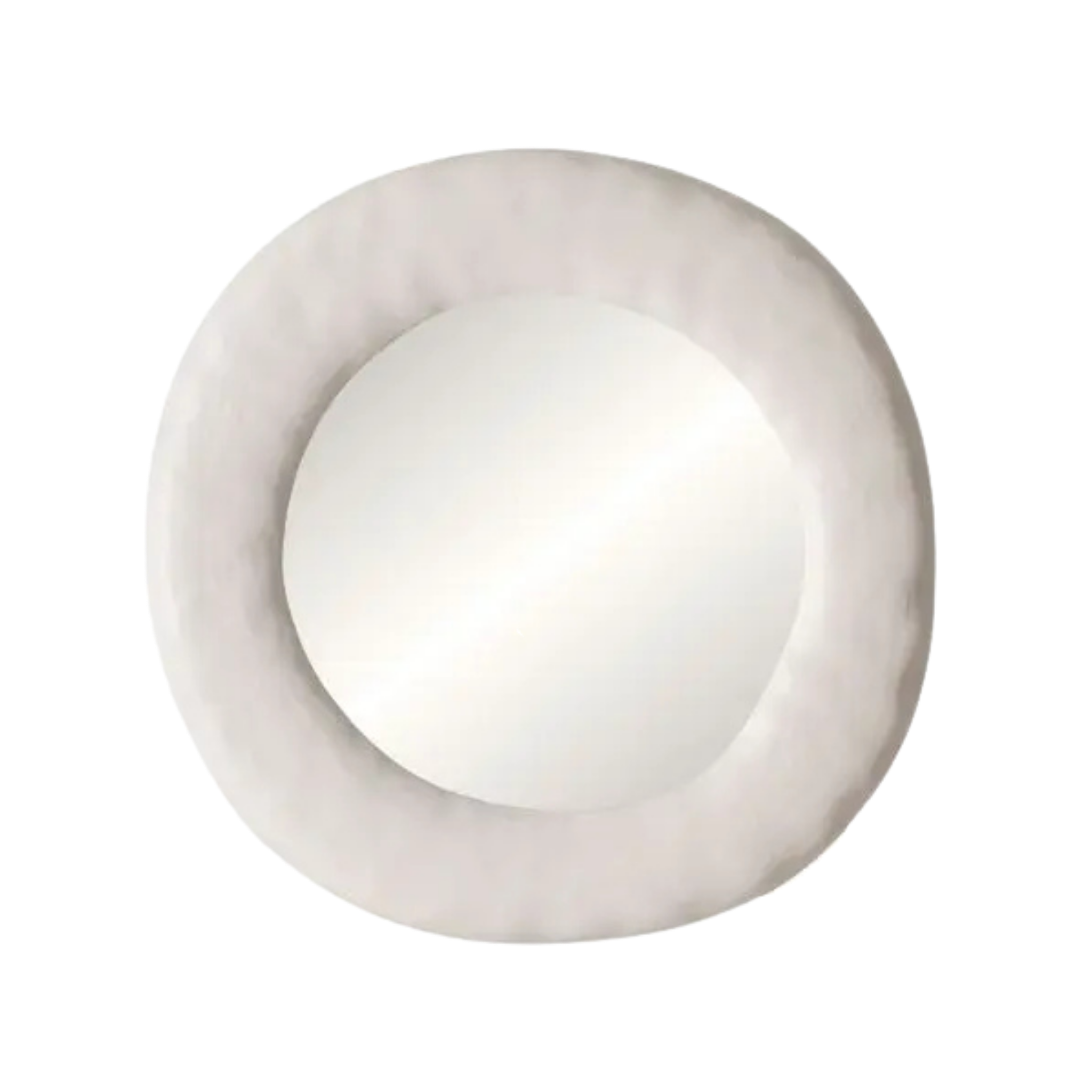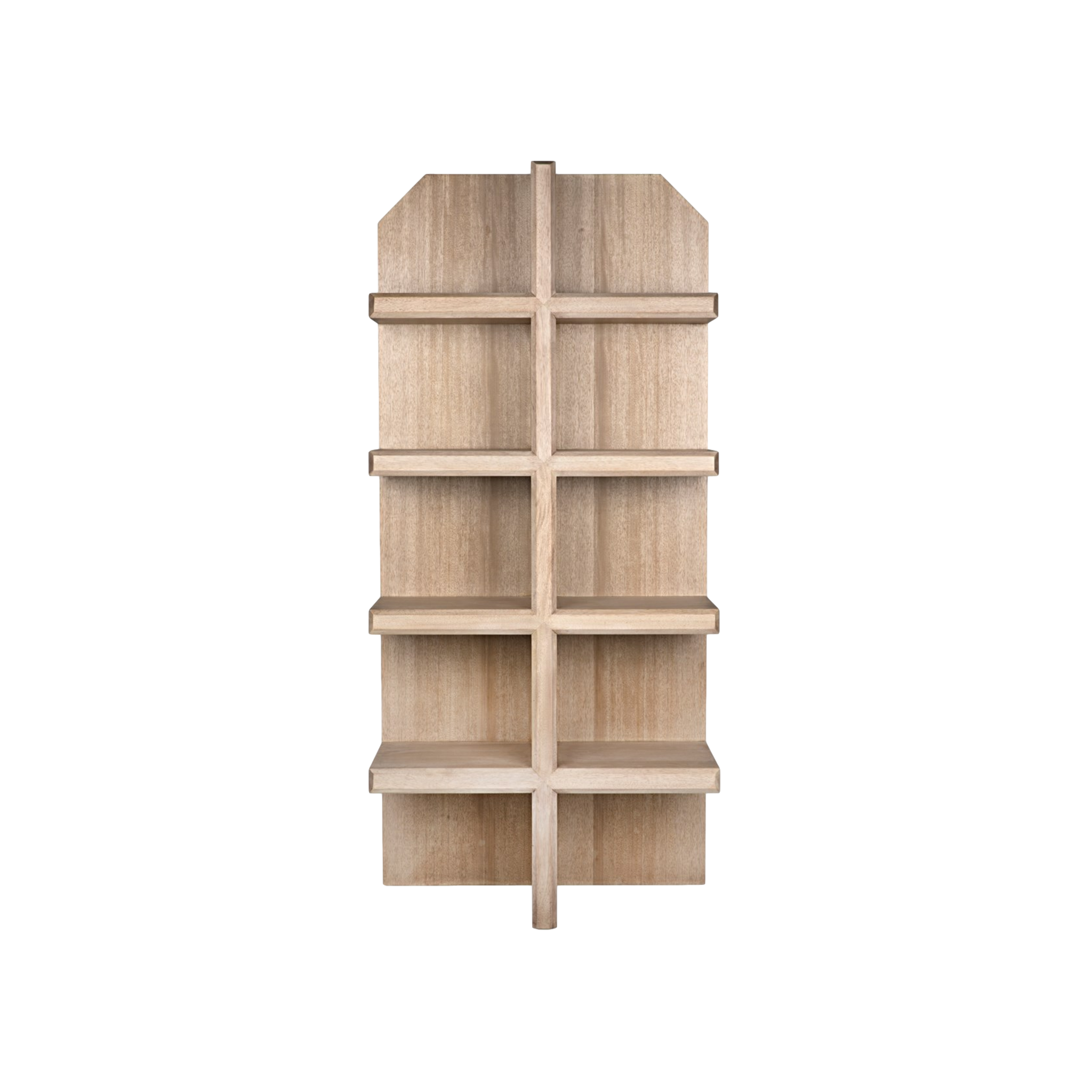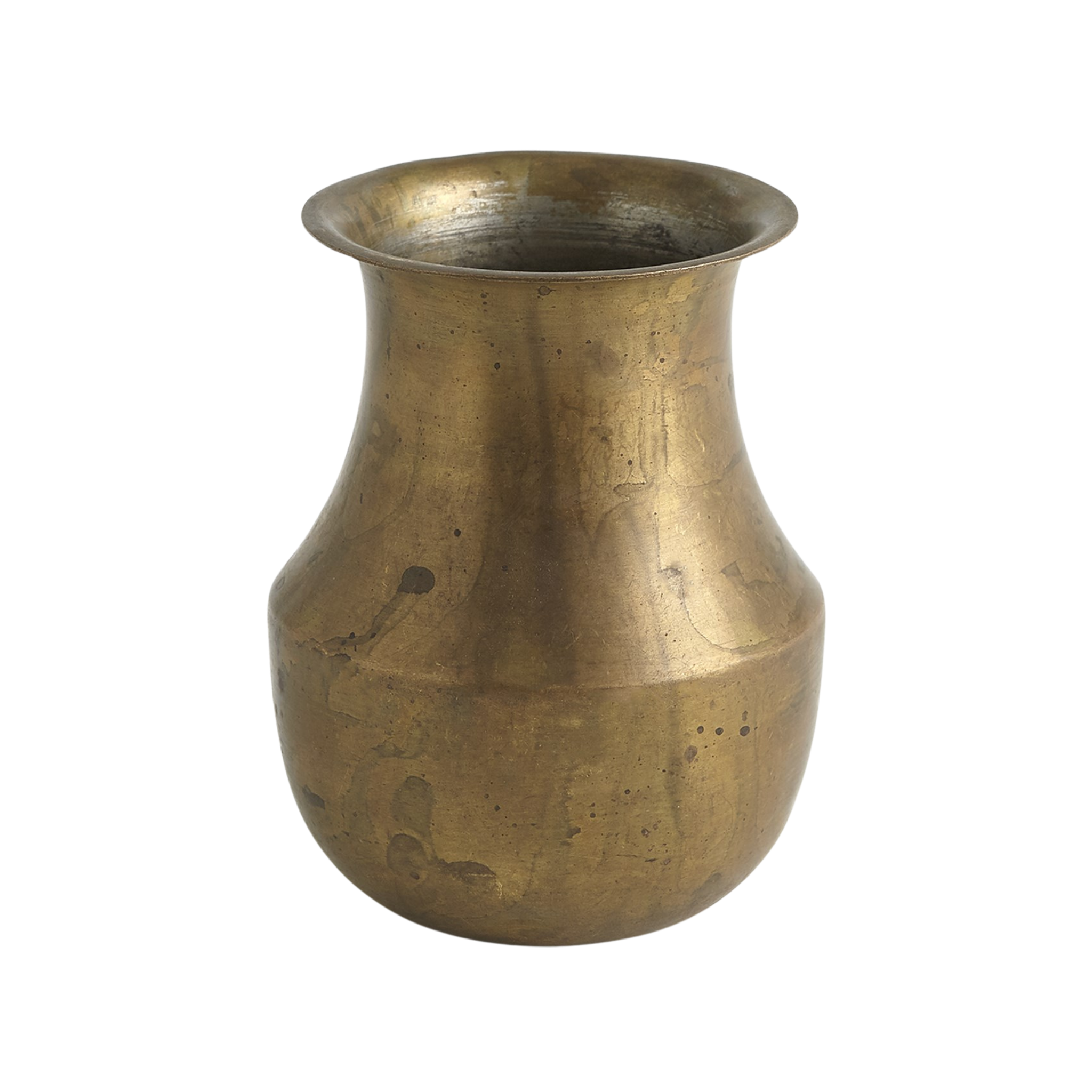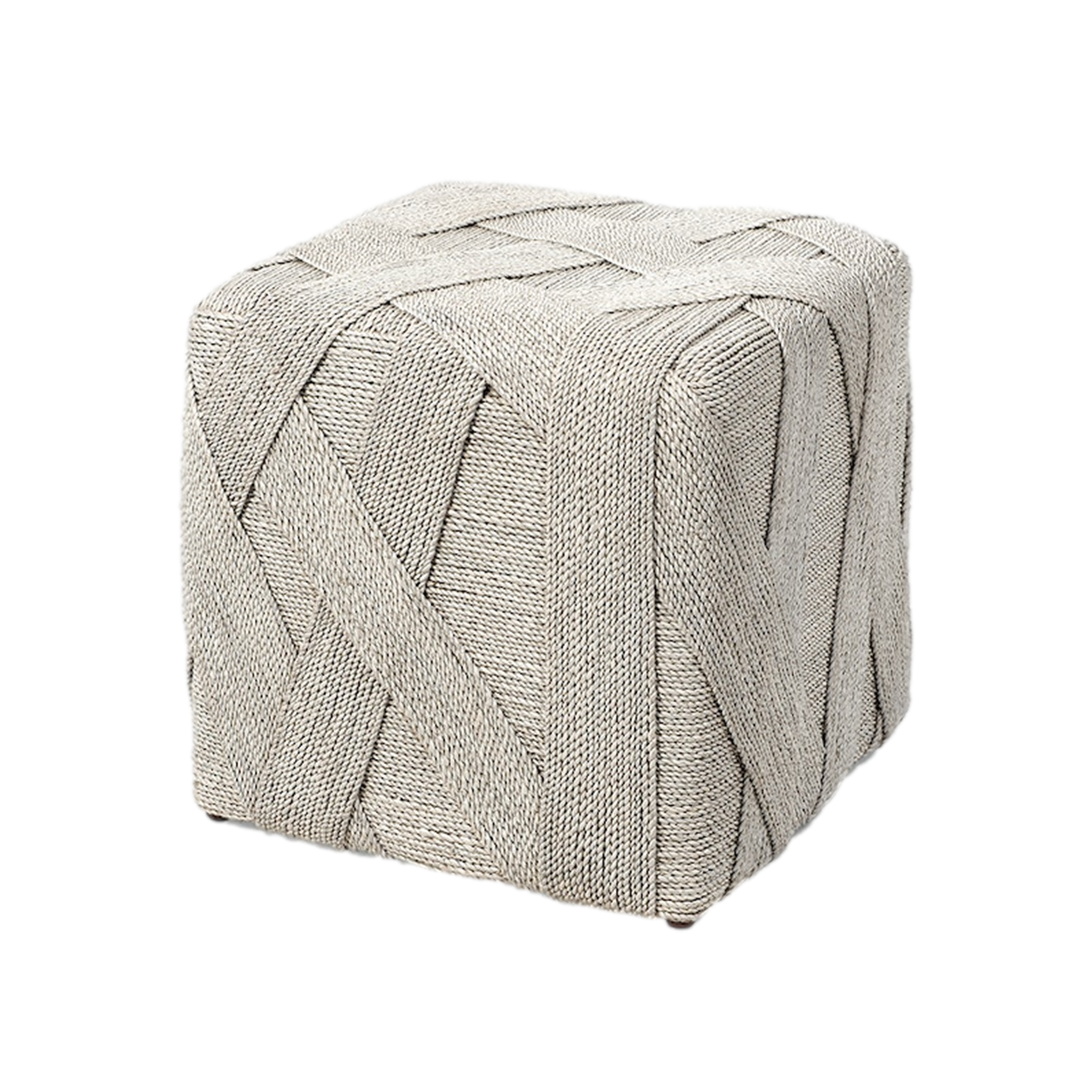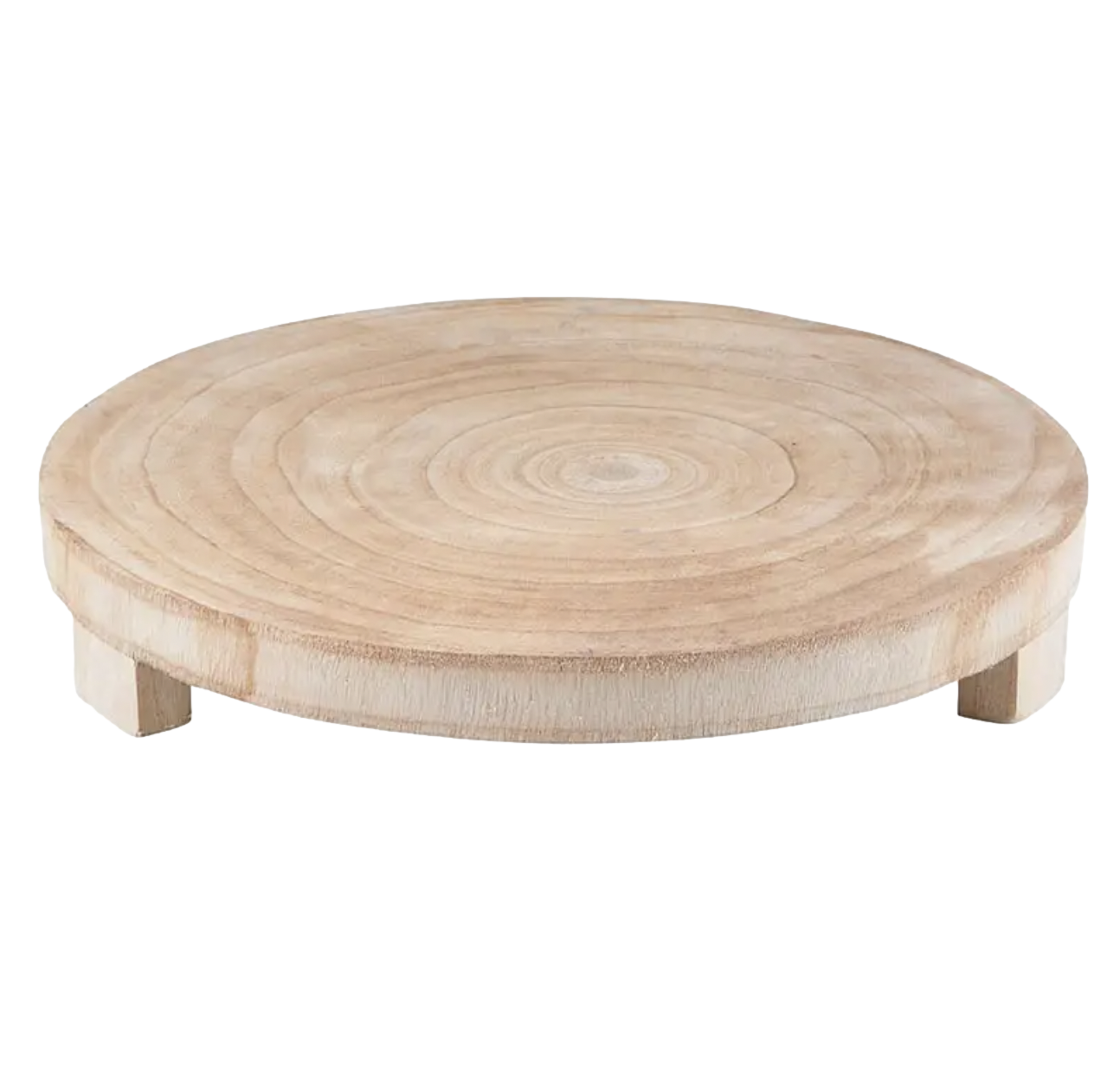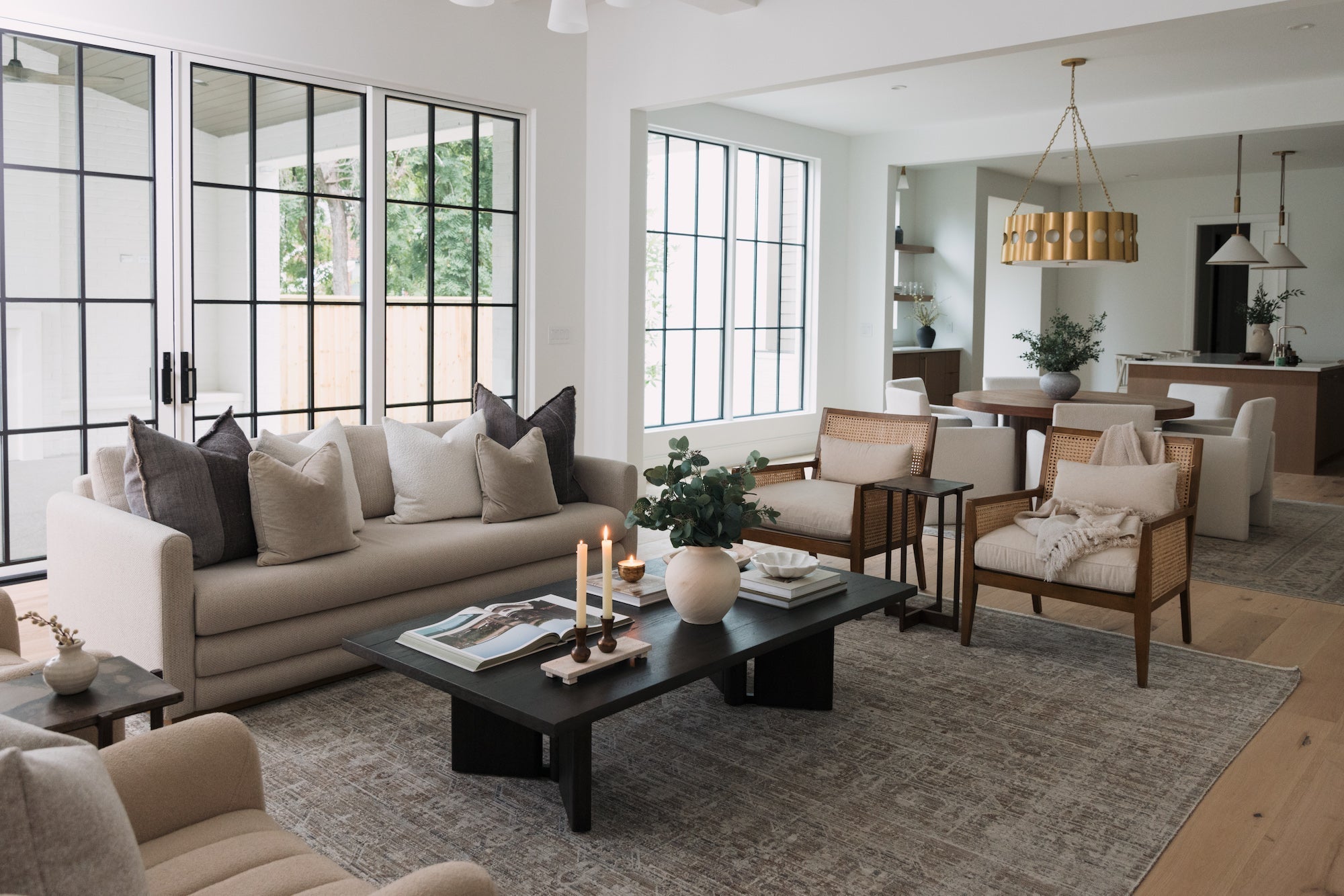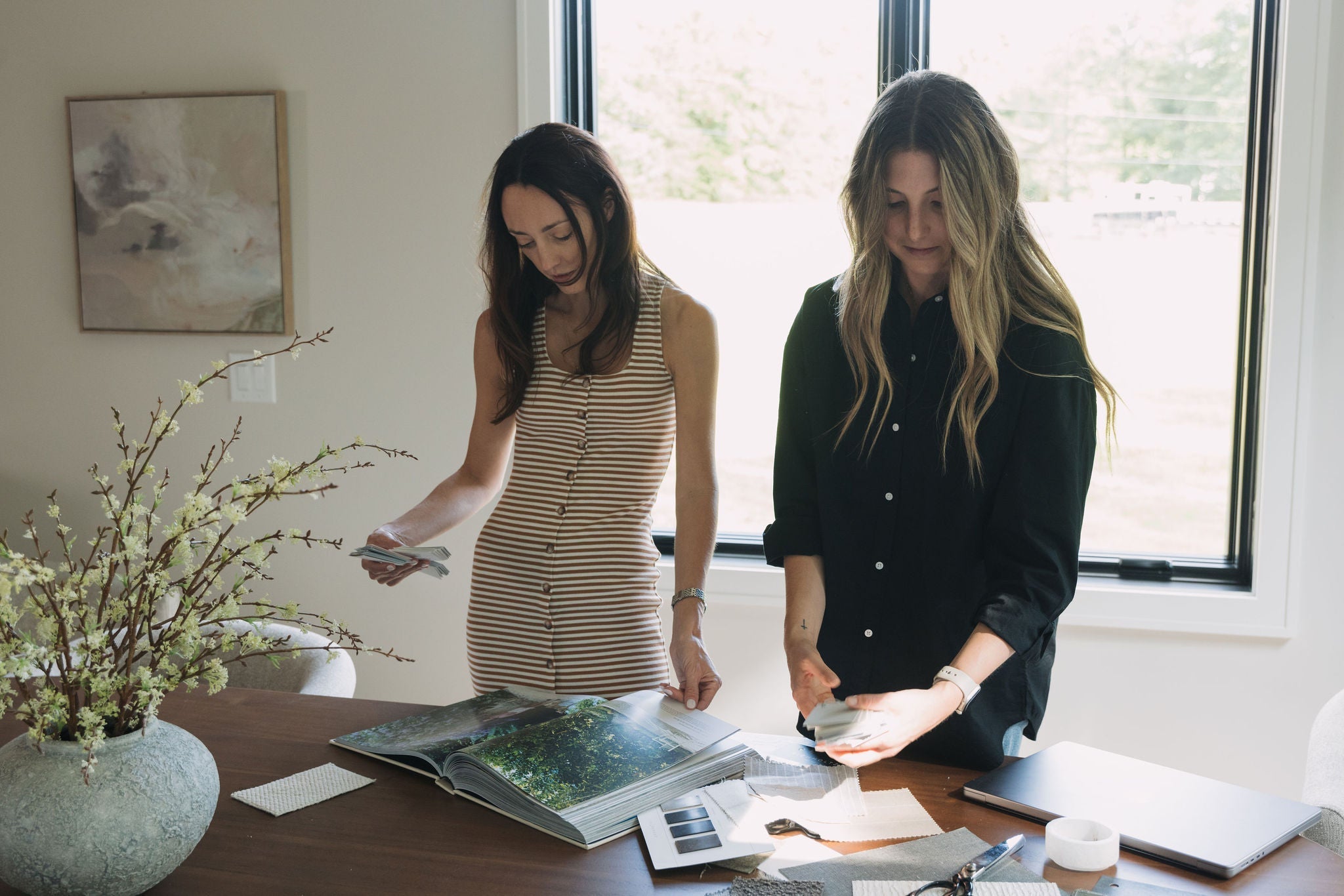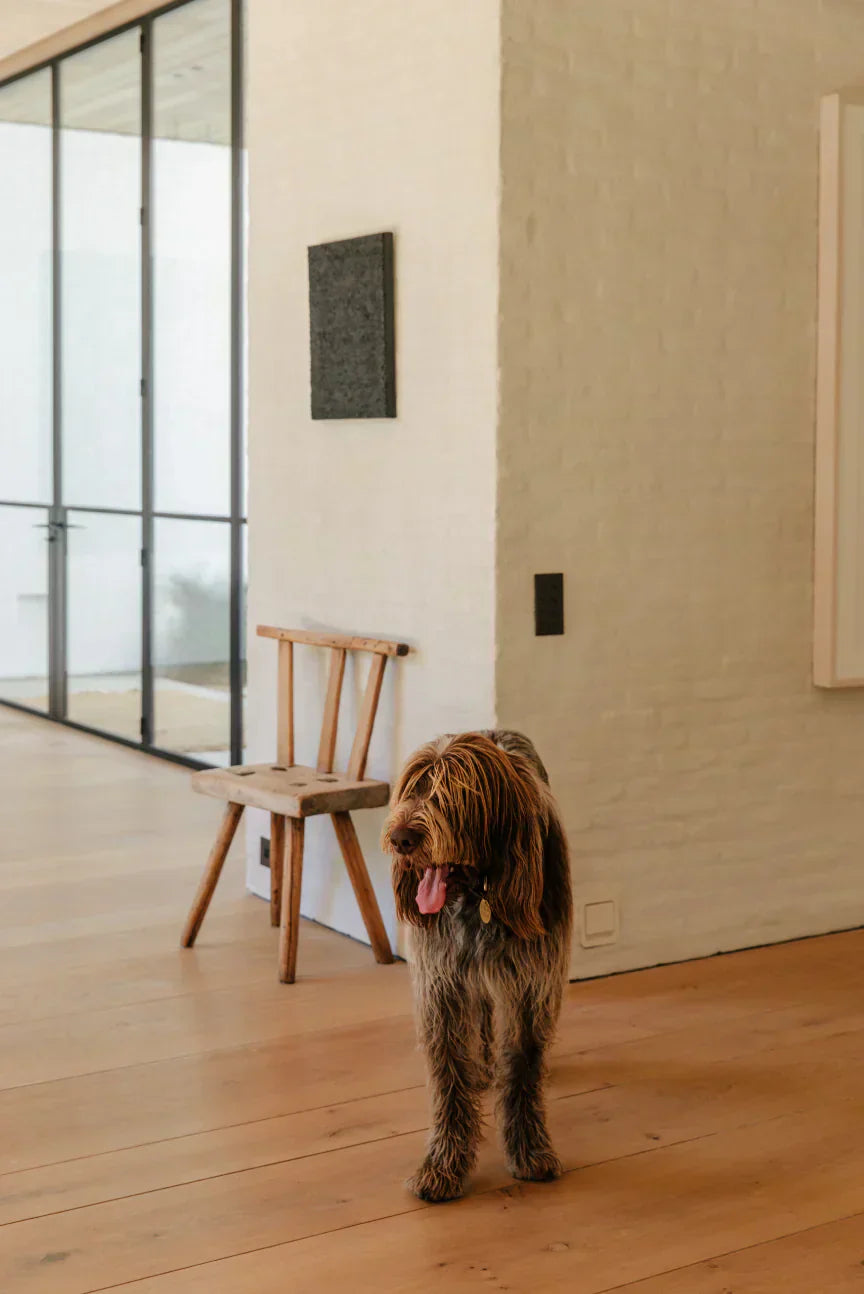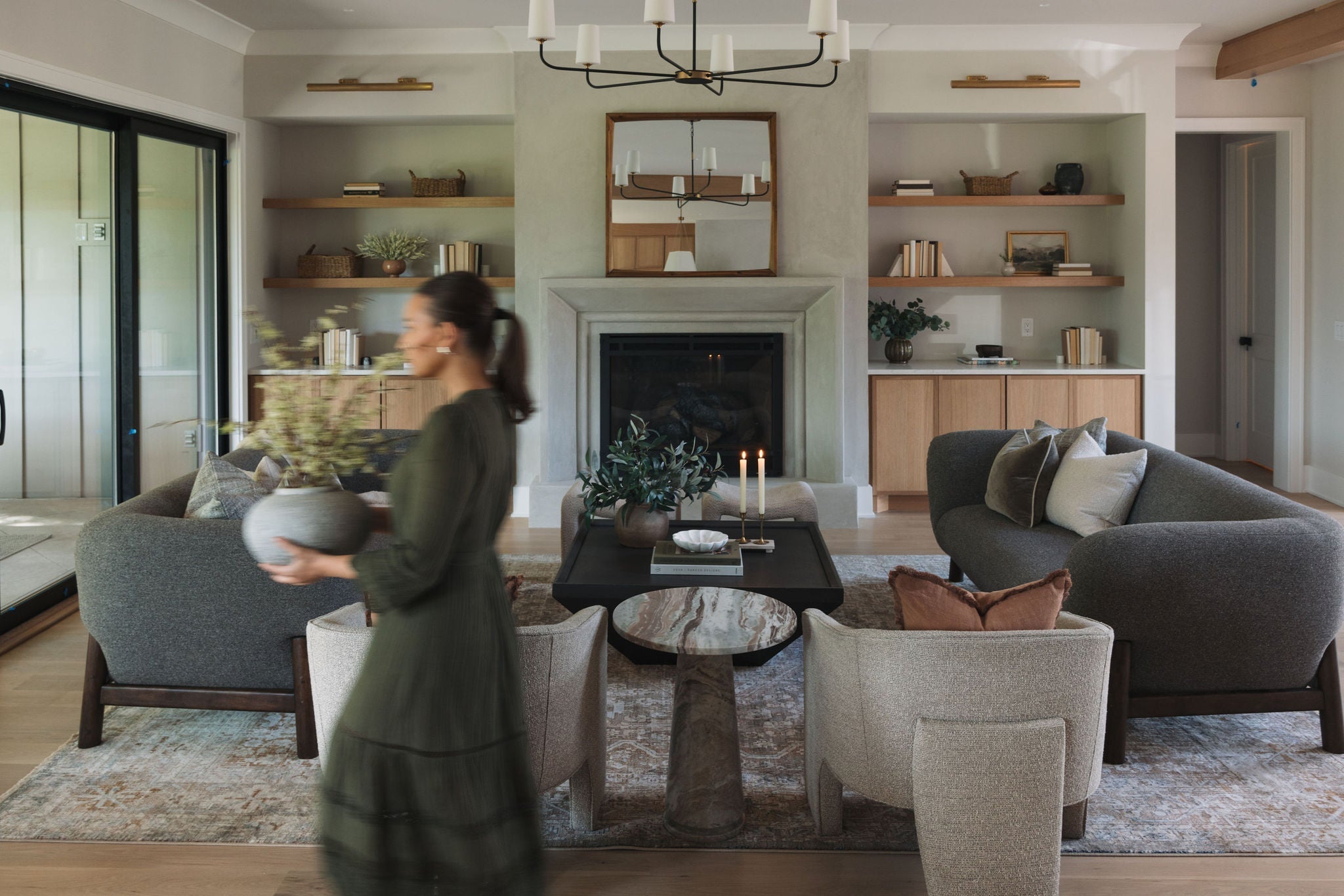Home Gym Design: How to Create a Space That Moves With You
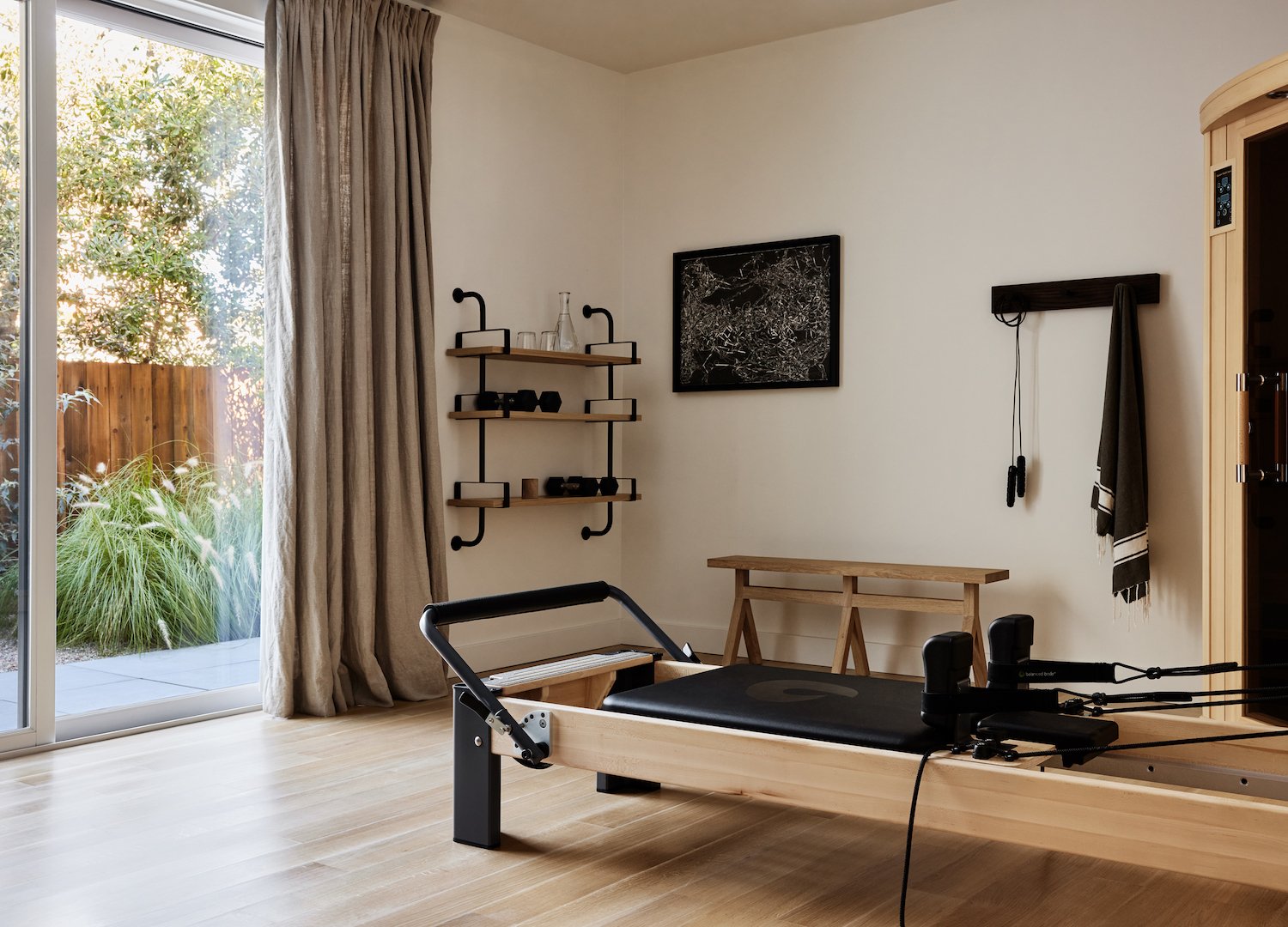
More Than a Room to Sweat In
Somewhere between the rise of fitness apps and our collective rejection of sad carpeted basements, the modern home gym found its footing. No longer an afterthought, today’s home gym design is personal, layered, and—believe it or not—beautiful.
Because if you care about your space (and we know you do), then your gym shouldn’t look like a forgotten corner of a big box store. It should feel like an extension of your home. Thoughtfully integrated. Sculpturally outfitted. And full of the kind of design details that make you want to show up.
Whether you're working with a spare room, a sun-drenched nook, or the sliver of wall between your bed and your bookshelf, here’s how to create a home workout space that reflects your lifestyle, supports your habits, and looks as good as it feels.
1. Start With How You Actually Live
Let’s begin with a wild idea: design your home gym around how you actually move through the world.
Before you measure for a rowing machine or dream up a full-body mirror wall, pause. Ask yourself: What do I already do that makes me feel good? Do you roll out your mat after school drop-off? Squeeze in squats between Zooms? Take a long stretch break after dinner while your partner scrolls the news?
This is where beautiful home gym design begins—not with the gear, but with your rhythm. Instead of designing for the version of you who wakes up at 5am and drinks celery juice (no judgment if that’s you), design for the person who’s already in there, trying. When your space supports that person, consistency becomes a whole lot easier.
2. Let Your Equipment Double as Sculpture
This is the part where we stop pretending that equipment has to be ugly.
Let’s just say it: those plastic-coated dumbbells in neon pink? Not the vibe. But a set of matte black kettlebells that look like sculpture? A weight bench in warm saddle leather, low and tailored like a club chair? Now we’re talking.
Think of your gear as part of the room’s visual story. If it clashes with your aesthetic, you’ll either hide it or avoid the room entirely. But when it blends—when it earns its place in the home—it invites you in.
Let your weights live out in the open. Give them good lighting. Let them sit proudly next to the bookshelves. They’re doing good work, just like you.
4. Weave in Comfort, Character, and the Unexpected
Zoning isn’t just for open-concept kitchens. It’s essential for home gyms, too—especially when space is limited.
Even if your gym is a corner of your bedroom or a sliver of the garage, define zones based on activity. One for strength training. One for mobility or stretching. One for storage and reset. These little areas help you stay organized and present.
Use rugs to ground a space. Mirrors to open it up. Lighting to signal transition—from intensity to calm, from go to slow. Your gym becomes less like a storage closet and more like a thoughtfully layered room.
Pro tip: Don’t overlook vertical space. Wall hooks, sculptural shelves, even mounted bars can keep things functional without cluttering the floor.
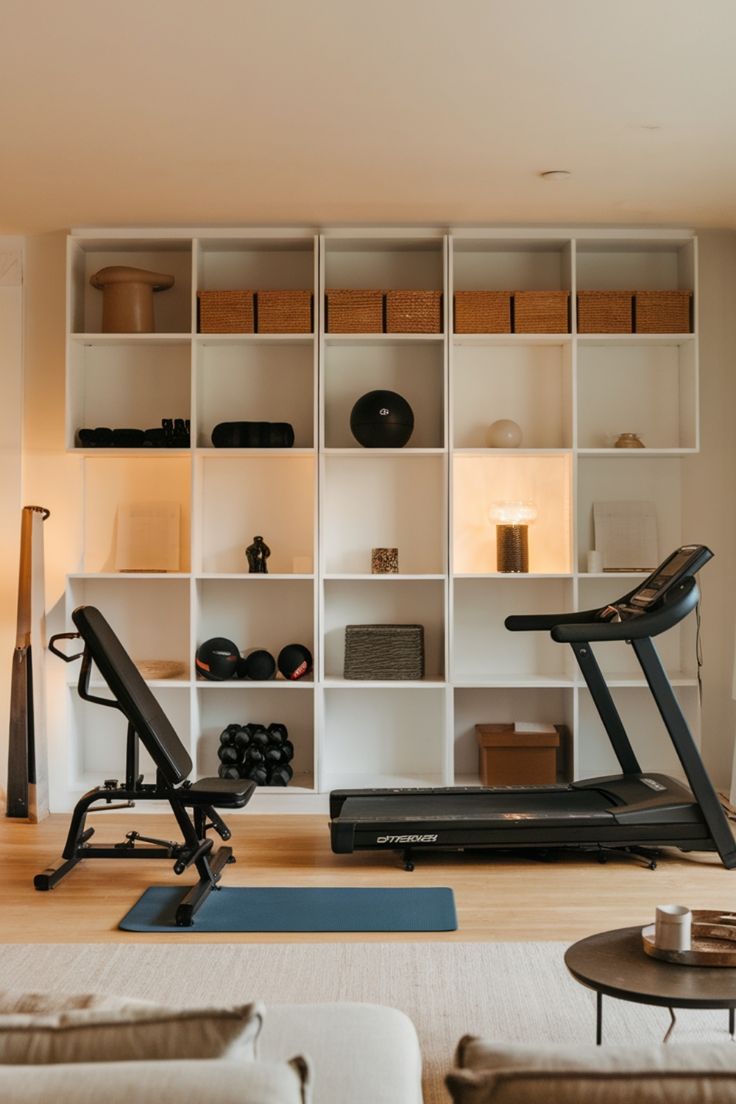
4. Infuse Style, Texture, and (Dare We Say) Soul
This is where your home gym stops feeling like a utility room and starts feeling like... part of your home. Real style, like real wellness, is layered.
Think beyond vinyl floors and wall-to-wall mirrors. Try vintage runners underfoot. Linen drapes that soften the light. Plaster walls that bring that Jake-Arnold-meets-Heidi-Caillier magic. And maybe a little framed art. Yes, even in a gym. Especially in a gym.
Let the textures you already love—natural woods, lived-in leathers, patinated metals—show up here too. If you wouldn’t put it in your living room, ask yourself why it’s in your gym.
6. Design With Your Senses in Mind
Let’s talk about the stuff you can’t see in a Pinterest photo.
Great home gym design should consider light, sound, scent, and touch. It should feel good to be in the room—even when you’re mid-plank and questioning your life choices.
Layer natural light with dimmable lamps or sconces. Use textiles that feel soft underfoot. Bring in a speaker that doesn’t sound like a tin can. Maybe light a candle when you stretch—something green or grounding.
Because when the senses are engaged, the space becomes immersive. Supportive. Human.
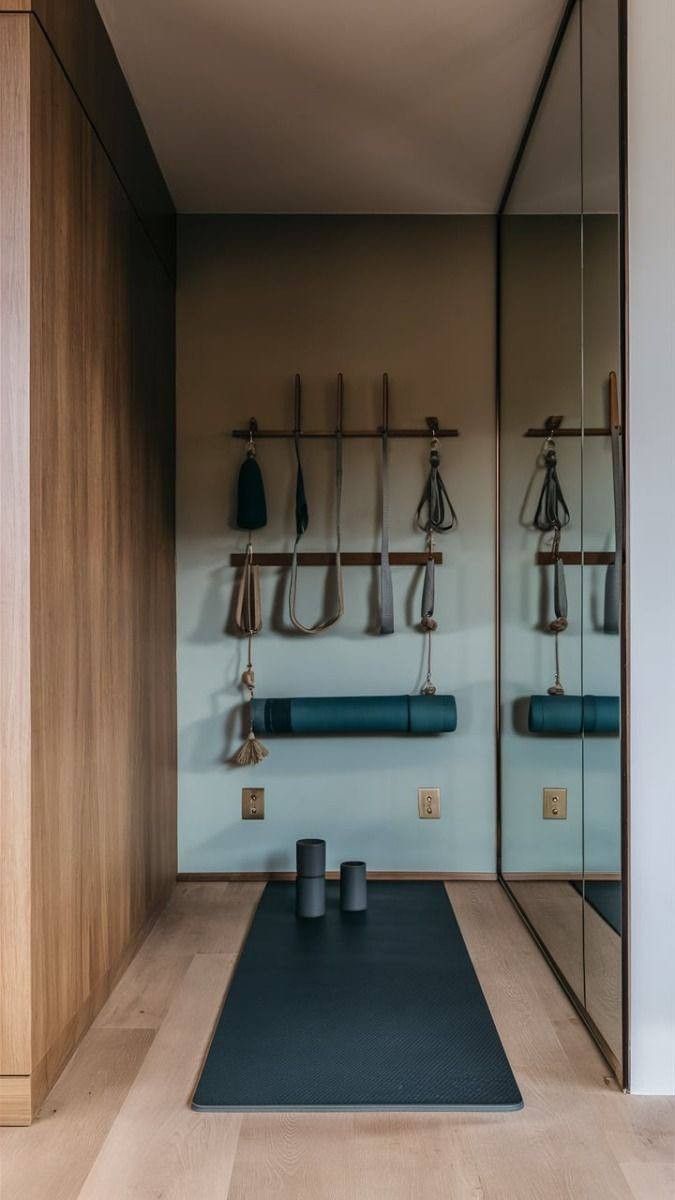
7. Design It to Flex With You
Your body’s going to change. Your schedule will shift. And let’s be honest—there will be weeks where your home gym becomes a glorified laundry room.
That’s okay. The goal isn’t perfection. The goal is resilience—in your design and in your habits. So choose elements that can evolve with you. Modular storage. Furniture that moves. Equipment that tucks away or shows off, depending on your mood.
And always—always—leave room for breath. For quiet. For moments of stillness between the reps. The best wellness spaces know that rest is part of the work.
Sportova
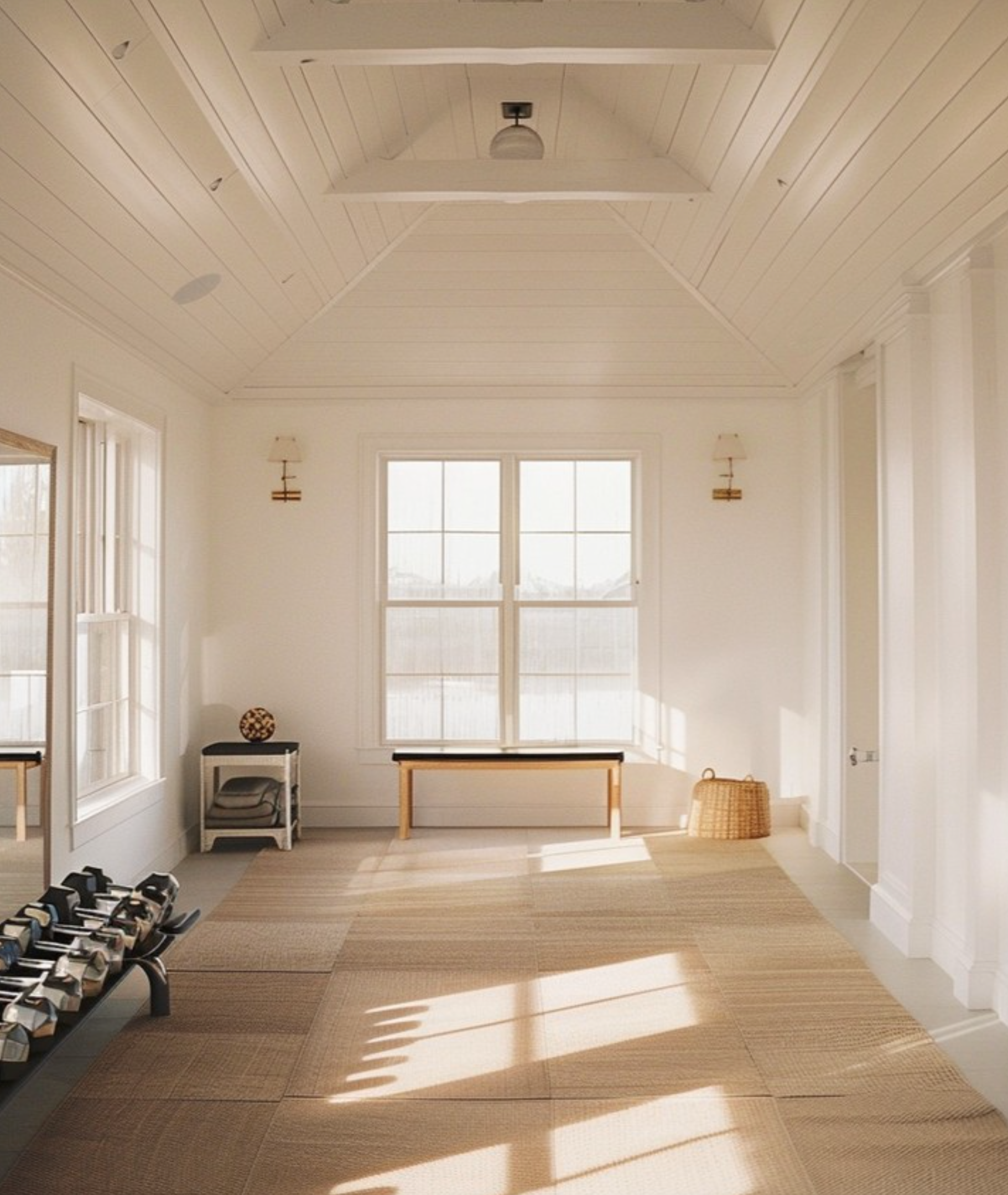
Final Thoughts: Let It Reflect the You You’re Becoming
At the end of the day, the best home gyms don’t just make you stronger—they make you feel more you. They welcome your chaos, your discipline, your mornings that start slow and your nights that end with a stretch and a sigh.
So build a space that reflects the rhythms of your life. Let it hold your effort and your rest. Make it beautiful. Make it useful. Make it yours.
Because a well-designed home gym isn’t about aesthetics alone—it’s about the quiet power of showing up, in a space that shows up for you too.





